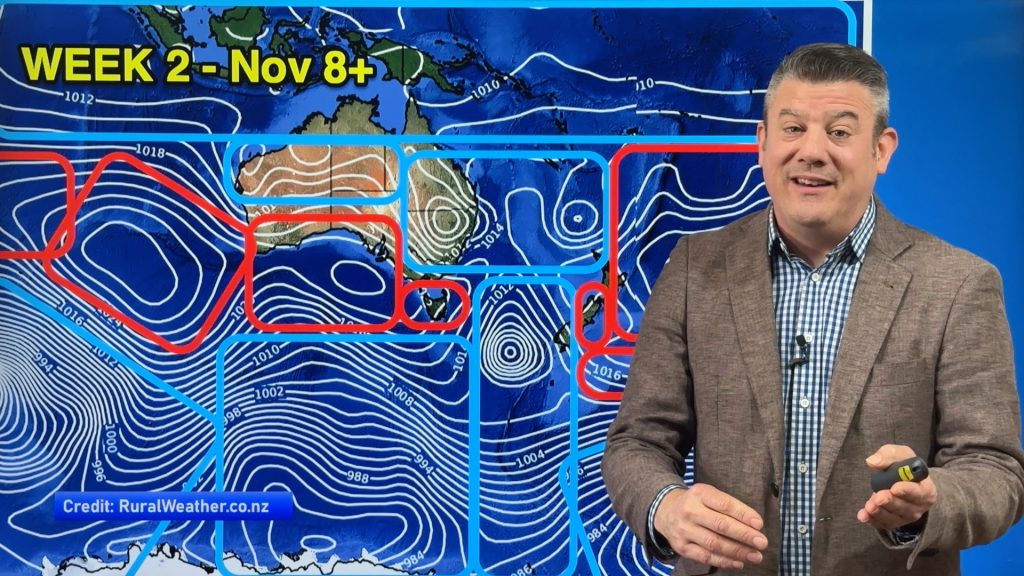
> From the WeatherWatch archives
As New Zealanders pack up to go to the beach for the summer holidays, health experts warn we must protect ourselves from the sun’s skin-cancer-causing radiation.
Skin cancer is New Zealand’s most common form of cancer and with Australia we have the world’s highest rates of melanoma, the deadliest form of skin cancer.
During the three months of summer it is likely, based on annual trends, that about 80 people will die of melanoma in New Zealand and 550 will be diagnosed as having thedisease.
The Cancer Society estimates that non-melanoma skin cancers are diagnosed in 67,000 people each year and cause 100 deaths.
A Health Sponsorship Council survey has found that one in five people reported being sunburned during the preceding weekend, and half said they had in the past been moderately to severely sunburned, resulting in blisters or pain for two or more days.
“That’s the sort of sunburn that raises your risk of developing melanoma later in life quite a lot,” the council’s Sun-Smart spokesman, Wayde Beckman, said yesterday.
“Use plenty of quality sunscreen, get into the shade in the middle of the day when the sun is fierce and definitely wear a hat and [protective] clothing.”
Mr Beckman also warned that neither cloud nor cool wind gave protection against the sun’s harmful ultraviolet rays.
“You can still get burned on a cloudy day. Reflections can intensify some of the UV rays as they pass through the cloud. Cloudy days can be as risky as a clear day.”
He urged parents of teenagers to keep reminding them about sun-safety.
“Teenagers have got other things on their mind – they aren’t great planners. Maybe slip that sunscreen and a hat into their bag to make sure it’s always available.”
Otago University research among schoolchildren in Years 4 and 8 found high rates of “sun-smart” knowledge, but comparatively low rates of sun-smart behaviour – a disconnection the researchers attribute to children soaking up the pro-tanning attitudes of friends and family.
A quarter sunbathed frequently, and two-thirds said they had been sunburned the previous summer.
“There is no such thing as a healthy tan,” the Health Sponsorship Council and the Cancer Society say on their Sunsmart website.
“A tan is a sign that your skin has been damaged by UV radiation.”
Skin cancer specialist Dr Mark Gray said many people continued to ignore or did not get sun-safety messages.
“New Zealanders very much have an attitude that it won’t happen to them,” he said.
“But with the statistics as high as they are, and showing no signs of declining, people who continue to ignore specialist advice are quite literally gambling with their life.”
He said people should see a specialist as soon as they found a mole or lesion of concern, and should also have their moles checked and recorded regularly and a clear and consistent record kept.
SUN SAFETY
- Cover up: wear clothing to protect your skin from the sun.
- Sunscreen: use plenty, 15 minutes before going out and regularly during the day.
- Hat: wide-brimmed.
- Sunglasses: close-fitting wrap-arounds.
- Source: www.sunsmart.org.nz
– Homepage image / File, Ron Symons
– By Martin Johnston, nzherald.co.nz
Comments
Before you add a new comment, take note this story was published on 21 Dec 2011.





Add new comment
Erin on 22/12/2011 12:19am
The only problem with this is that we NEED the sun to produce Vitamin D, which most people in NZ and Australia are severely deficient in (rickets is making its biggest comeback since the 19th century!), and which is one the most important nutrients for immune function and for preventing cancer. Low Vitamin D levels is one of the single biggest risk factors for developing cancer – and that includes melanoma.
Vitamin D is made in the oils of your skin when UV-B rays hit them directly (straight on the skin – no moisturiser, no sunblock, and no glass in the way), and the only time the UV-B rays are at the right angle to reach us on the ground is roughly between the hours of 11 and 2, around the middle of the day – right when we’re told to cover up most.
Deficiency is linked to… autism, MS, poor immunity, auto-immune disorders, and cancer, among many other things.
The answer: Get out into the sun at mid-day. Let the sun’s rays hit your skin directly, with the more skin exposed the better, and do it every day. But don’t get burnt; when you start turning pink, go inside and cover up – that’s when the skin damage occurs, and the burning process destroys the Vitamin D anyway. The darker your skin, the longer you need to make the Vitamin D. It’s about being sensible. For a pale person, a few minutes a day is all it takes – for darker skinned people, you may need a lot longer.
Being in the sun is NOT going to kill you – but avoiding it and being overly paranoid very well might.
Also worth noting is the level of toxic chemicals found in commercial sunblocks (including the cancer society one), and the effect they have on the body. Many are carcinogenic (cause cancer) and many common ingredients become carcinogenic when exposed to UV rays. Not to mention they’re being blamed for the gradual death of coral reefs around the world!!
The answer there: Choose a natural or organic sunblock that uses physical filters (like zinc oxide or titanium dioxide) rather than a chemical one. There are loads of places that do them now, readily available in health shops and chemists and so on, and they are far safer for you than the chemical, commercial, cheaper options. For the sake of not getting cancer, including skin cancer [which has increased with sunblock use!] it’s worth it.
Enjoy the summer everybody – Merry Christmas. 🙂
Reply